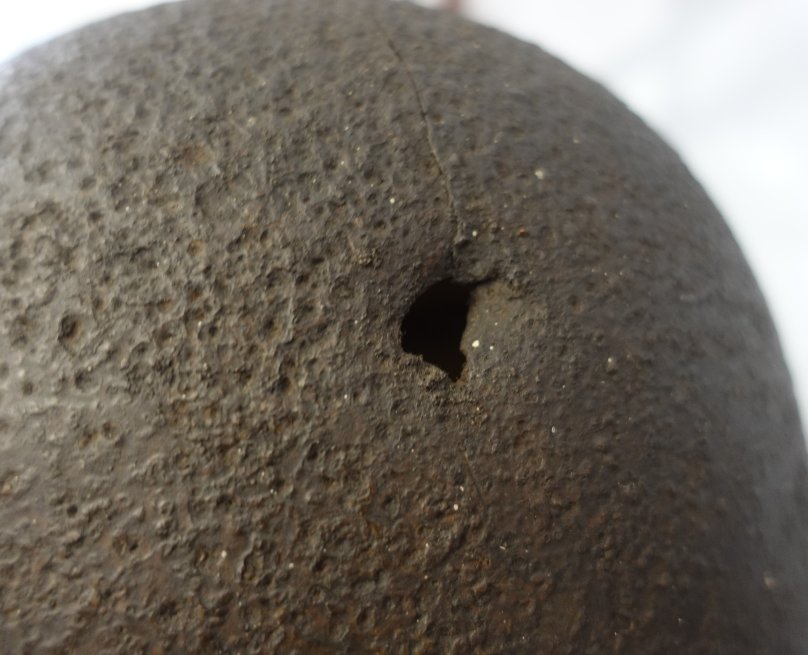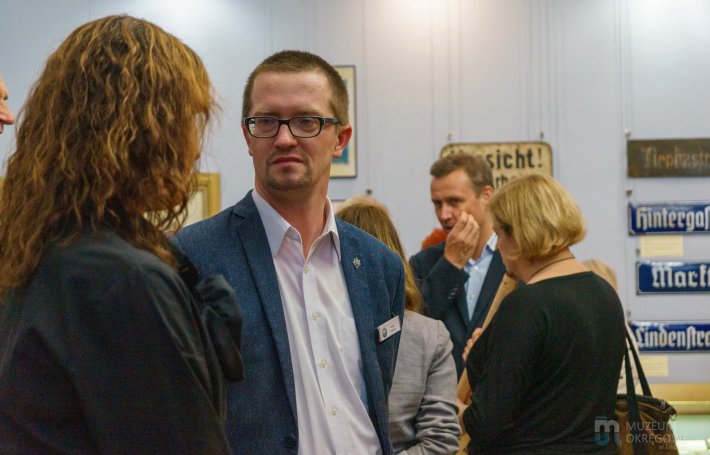Survive the night. World War II – Leszno life histories

The story about life during the war
The exhibition presents unique memorabilia related to the period of occupation of Leszno and the surrounding area in the years 1939–1945, which create a narrative about the fate of people during World War II. Personal belongings, photographs, elements of clothing and documents from that period familiarize us with the course of the September Campaign, the fate of Polish prisoners of war (soldiers and officers) and the everyday life of Polish population.
The exhibition presents unique memorabilia related to the period of occupation of Leszno and the surrounding area in the years 1939–1945, which create a narrative about the fate of people during World War II. Personal belongings, photographs, elements of clothing and documents from that period familiarize us with the course of the September Campaign, the fate of Polish prisoners of war (soldiers and officers) and the everyday life of Polish population.
Painful experiences
On the other hand the exhibition also shows Leszno and the surrounding area from the perspective of Germans who, by conquering Polish lands in September 1939, joined Greater Poland to the Third Reich and thus imposed strict laws on Poles. They germanized these lands through mass terror, deportation of the Polish population to the newly created General Government and settling Germans from the depths of the Reich. The exhibition is an attempt to present war as a painful experience of ordinary man entangled in events beyond his control. The perspective of the occupier adopted in the narrative shows the evil and dehumanization brought about by war.
Exhibits
The exhibition features documents (Ausweis, Kennkarte, police or court letters), food stamps, photographs, German signs, elements of interior design in the style of National Socialism and elements of Polish and German military equipment. All these objects reflect the everyday life of the inhabitants of this area. They come from the collections of the District Museum in Leszno, the Museum of Armoured Weapons in Poznań, the Western Institute in Poznań, the Lubuskie Military Museum in Drzonów, the Museum of the Kobylin Land, as well as from the private collections of the inhabitants of Leszno and the surrounding area.
Availability
The exhibition has been prepared in a way that is accessible to a wide audience, diverse age groups and people with special needs.
The exhibition has been prepared in a way that is accessible to a wide audience, diverse age groups and people with special needs.There will be guided tours for people with disabilities, exhibiting objects for tactile cognition (guard's shoes, chest), developing simple texts (ETR), audio description. The exhibition folder is in Polish and English.
The exhibition has been prepared in a way that is accessible to a wide audience, diverse age groups and people with special needs.There will be guided tours for people with disabilities, exhibiting objects for tactile cognition (guard's shoes, chest), developing simple texts (ETR), audio description. The exhibition folder is in Polish and English.
Accompanying events
Curatorial tours
- September 15, 4 p.m
- October 6, 4 p.m
- December 29, 4 p.m
Additional information
Temporary exhibition entitled "Survive the night. World War II - Leszno life histories"
Place of exhibition: District Museum in Leszno, ul. Gabriela Narutowicza 31
Availability: from September 11 to December 31, 2024
Curators: Dariusz Czwojdrak, Artur Michalak, Adrian Gendera
Graphic design: Paulina Pracz, Tomasz Sikorski
Elements of artistic arrangement: Paulina Pracz, Tomasz Sikorski
Place of exhibition: District Museum in Leszno, ul. Gabriela Narutowicza 31
Availability: from September 11 to December 31, 2024
Curators: Dariusz Czwojdrak, Artur Michalak, Adrian Gendera
Graphic design: Paulina Pracz, Tomasz Sikorski
Elements of artistic arrangement: Paulina Pracz, Tomasz Sikorski







